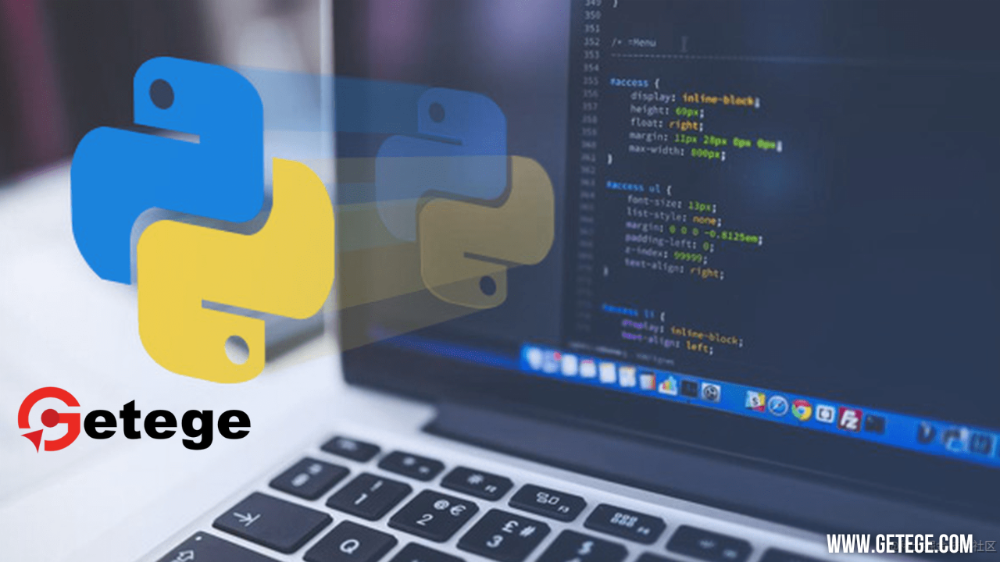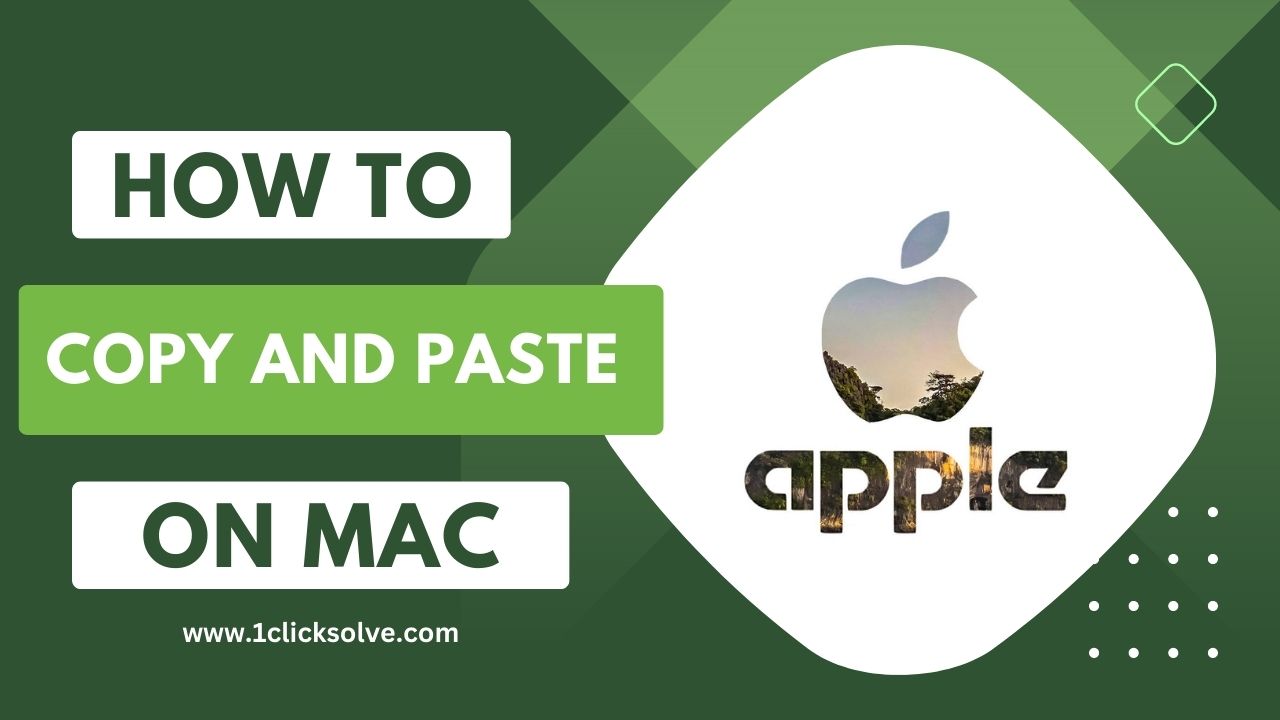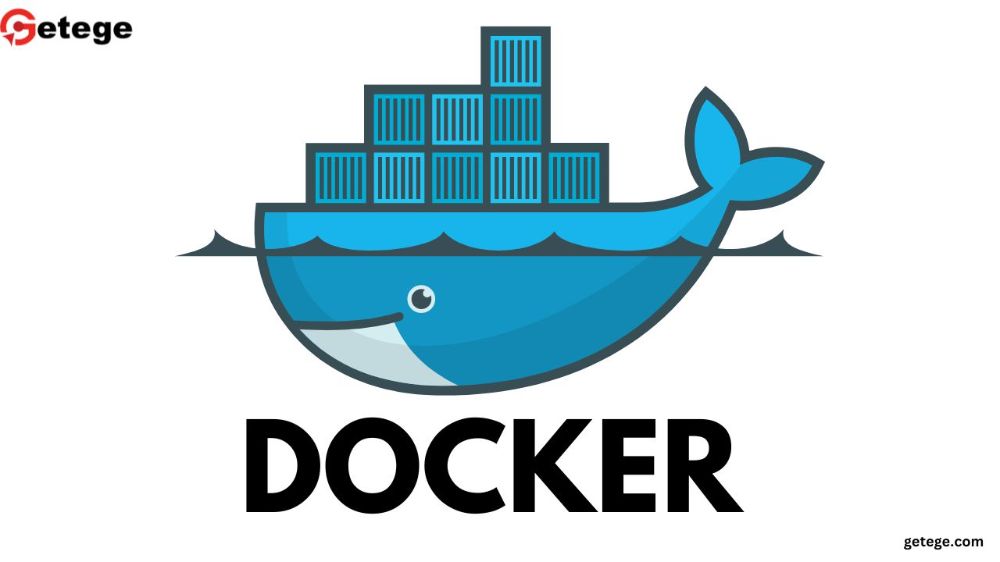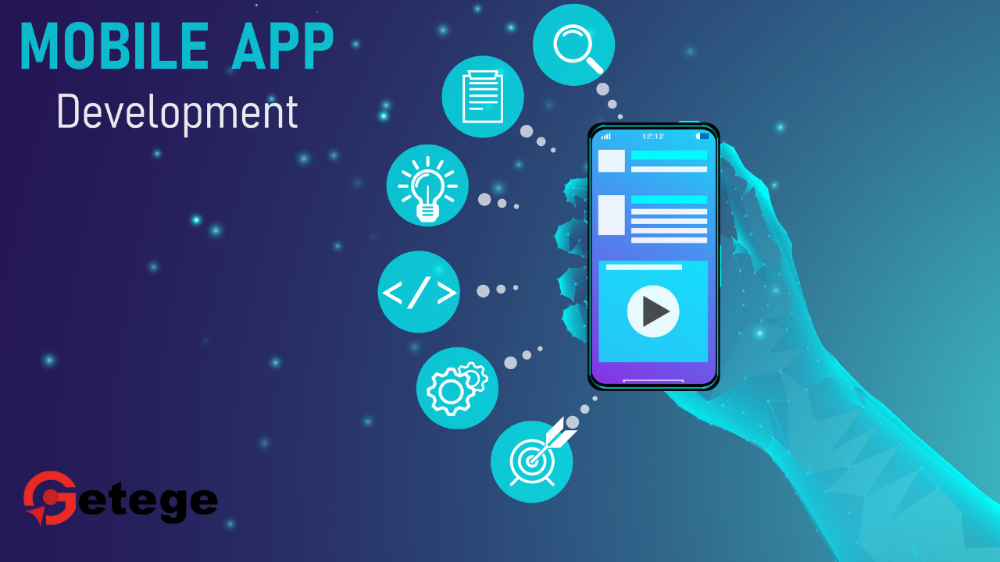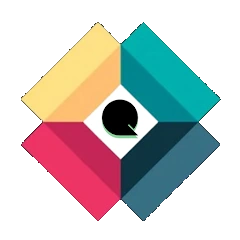The Python Phenomenon: Why This Language is Taking Over the Tech World
Why Python is the Go-To Programming Language for Developers in 2024 In the fast-paced world of technology, where programming languages come and go, Python continues to shine as the preferred language for developers across a wide range of industries. As we enter 2024, Python’s popularity shows no signs of slowing down. But what makes Python the go-to language for so many developers today? Let’s explore.
1. Simplicity and Readability
One of Python’s biggest strengths is its simplicity. The language was designed to be clean and readable, making it an excellent choice for beginners. Unlike other languages, Python syntax mimics natural language, reducing the learning curve significantly. This feature allows new programmers to focus on problem-solving rather than the complexities of the language itself.
Even seasoned developers appreciate Python for its clear, concise code, which can improve productivity and make collaboration easier. With Python, you can write fewer lines of code to achieve the same functionality as other languages, making development faster and more efficient.
2. Versatility Across Multiple Fields
Python isn’t just limited to one domain; its versatility is one of the main reasons it’s so widely adopted. Whether you’re building a web application, analyzing data, automating tasks, or working on artificial intelligence, Python has you covered. Let’s take a look at a few fields where Python excels:
Web Development: Frameworks like Django and Flask have revolutionized web development by making it easier to build scalable and secure web applications. Python's flexibility and simple syntax allow developers to build robust applications quickly.
Data Science and Machine Learning: The explosion of data-driven decision-making has propelled Python into the spotlight in this field. Libraries like Pandas, NumPy, and Matplotlib simplify data analysis, while TensorFlow and Scikit-learn provide powerful tools for building machine learning models.
Automation: Python is a favorite among system administrators and QA engineers for automating repetitive tasks. From simple scripts that handle file management to complex web scraping bots, Python can automate virtually any manual task.
3. Extensive Libraries and Frameworks
Python’s rich ecosystem of libraries and frameworks is another reason why it’s so widely used. For almost every application, there’s a library or framework that can help speed up development. For instance:
- Django and Flask for web development
- Pandas and NumPy for data analysis
- TensorFlow and Keras for AI and machine learning
- Selenium for web automation and testing
- Matplotlib and Seaborn for data visualization
These libraries allow developers to focus on solving business problems rather than reinventing the wheel. Moreover, the open-source community continues to add new libraries, ensuring Python stays on the cutting edge of development.
4. Cross-Platform Support
Python is platform-agnostic, meaning it runs on almost any operating system, including Windows, macOS, and Linux. Developers can write code on one platform and execute it on another with minimal changes. This cross-platform nature is particularly useful for organizations that operate in diverse computing environments.
5. Strong Community and Learning Resources
Python’s massive community is one of its greatest strengths. The language boasts a rich ecosystem of tutorials, forums, and open-source projects, making it easier for developers to find solutions to problems, get support, or learn new skills. Whether you're a novice or an expert, there’s always someone available to help in Python’s expansive community.
Additionally, the abundance of online learning platforms offering Python courses—such as Coursera, edX, and free resources like Python.org—makes it easy to get started or level up your skills.
6. Growing Demand in the Job Market
Python’s popularity directly translates to its demand in the job market. A growing number of companies are seeking Python developers, especially in emerging fields like data science, machine learning, and automation. According to multiple reports, Python ranks among the top programming languages that recruiters look for when hiring new talent.
7. Evolving with Emerging Technologies
Python has evolved over the years to meet the needs of emerging technologies. Whether it’s developing artificial intelligence models, working with blockchain, or automating cloud infrastructure, Python has proven its adaptability. As we move into 2024, Python remains at the forefront of innovation, ensuring that developers can stay relevant in a rapidly changing tech landscape.
Conclusion
In 2024, Python continues to be a dominant force in the programming world. Its simplicity, versatility, and thriving ecosystem make it the go-to language for developers across multiple domains. Whether you're building web applications, diving into data science, or automating your workflows, Python’s rich library support and massive community make it the ideal choice. For anyone looking to enter the world of programming or expand their existing skillset, learning Python is a smart move that will pay off for years to come.
